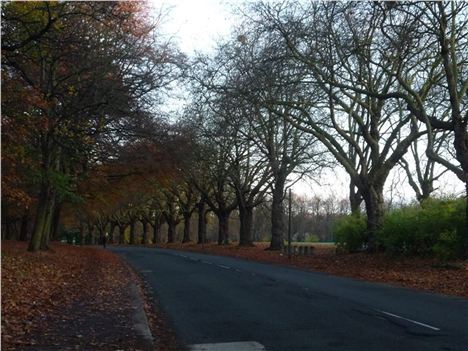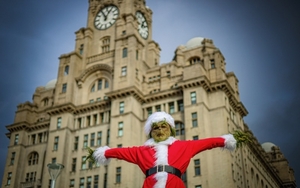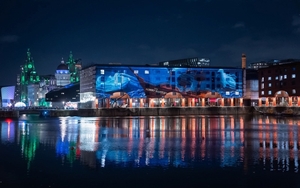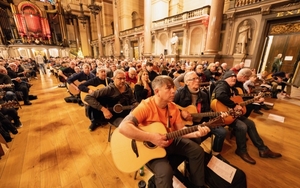RETIRED university lecturer and Labour Party member John Middleton will tomorrow challenge Mayor Joe Anderson’s claim that Sefton Park’s Meadowlands were originally earmarked for housing.
'The Mayor is not the owner of the Meadows, he is the custodian on behalf of the citizens, in the same way the Queen is custodian of the Crown Jewels'
Mr. Middleton, who lives in Aigburth, has carried out detailed research into the original intentions of Parisian Edouard Andre who won a world wide contest to design what is now Sefton Park.
He will be revealing the results of his study at a public meeting at 7pm on Wednesday (Nov 13) at Greenbank College in Greenbank Lane.
His findings are based on a City Engineers Map drawn up in collaboration with Mons. Andre which show the original plan to keep the meadows as open space.
The city council has backed the decision by Mayor Anderson to flog the Meadowlands for up-market housing development.
Despite the decision campaigners intend to fight to overturn the decision or have it over-ruled.
John Middleton has discovered:-
-
A map dated 1875 by The city Engineer and Edouard Andre showing the plots of land for sale and the plots already sold. The meadows are shown clearly to have no plots for sale.
-
That offers to buy the meadows between 1879 and 1890 were rebuffed by the Parks and Improvements Committee of Liverpool Corporation because they always wanted to keep it as open grassland.
The map and some copies of the relevant council minutes from Victorian Liverpool will be available at the public meeting.
Mr Middleton has also discovered the meadows was almost certainly designed by M. Andre, a world renowned park designer, as the way all the trees were planted is exactly the way recommended in Andre’s seminal textbook “L’Art des Jardins”.
He said: “I have given this information to English Heritage and they are currently assessing it along with our application to extend the Grade 1 listing to the meadows. It is clear that the meadows have the same international heritage value as the rest of the Park.”
“Mayor Anderson has been mistaken to argue that there was always an intention to build on the meadows. The map that was previously displayed by the Mayor was an earlier map drawn in 1867 for the competition to win the contract to create the park. It is not the map which was used to actually construct the park.”
The council’s contention is that as the land was always earmarked for housing, its sale now could raise millions of pounds to help the cash-starved council.

Today Mr Middleton told Liverpool Confidential: “The Mayor is not the owner of the Meadows, he is the custodian on behalf of the citizens, in the same way the Queen is custodian of the Crown Jewels. They are not hers to sell. Sefton Park and the Meadows are part of Liverpool’s ring of pearls; our beautiful parks – not for sale.
“Of course the Mayor will insist he has the legal right to sell the land against the wishes of the residents of Liverpool, but that does not make it right or moral. Sometimes the law can be an ass.
“It seems to me the Mayor and his advisors have used the map that best suits their purpose, but the actual maps created for the design of Sefton Park show the meadows staying as open space.
“It also appears to me the council in 1867 used the creation of Sefton Park to act as a magnet for high quality housing development in a wider area. The plans I have seen show the likely rateable incomes and values of houses, off plan, which indicate there was an economic business case for building the park. The money raised from the sale of housing plots, along with the rates income, far exceeded what the park land cost to buy.
“This was a wise economic transaction by the then city council. Clearly there was never any need or intention to sell the meadows. I also believe Andre’s intention was to use the meadows as a gateway leading to the boulevard we now know as Queen’s Drive, joining our ring of parks from Walton to Aigburth. Their vision of Liverpool was as a garden city, another Liverpool first. We should be proud of it not selling it down the river ”
















